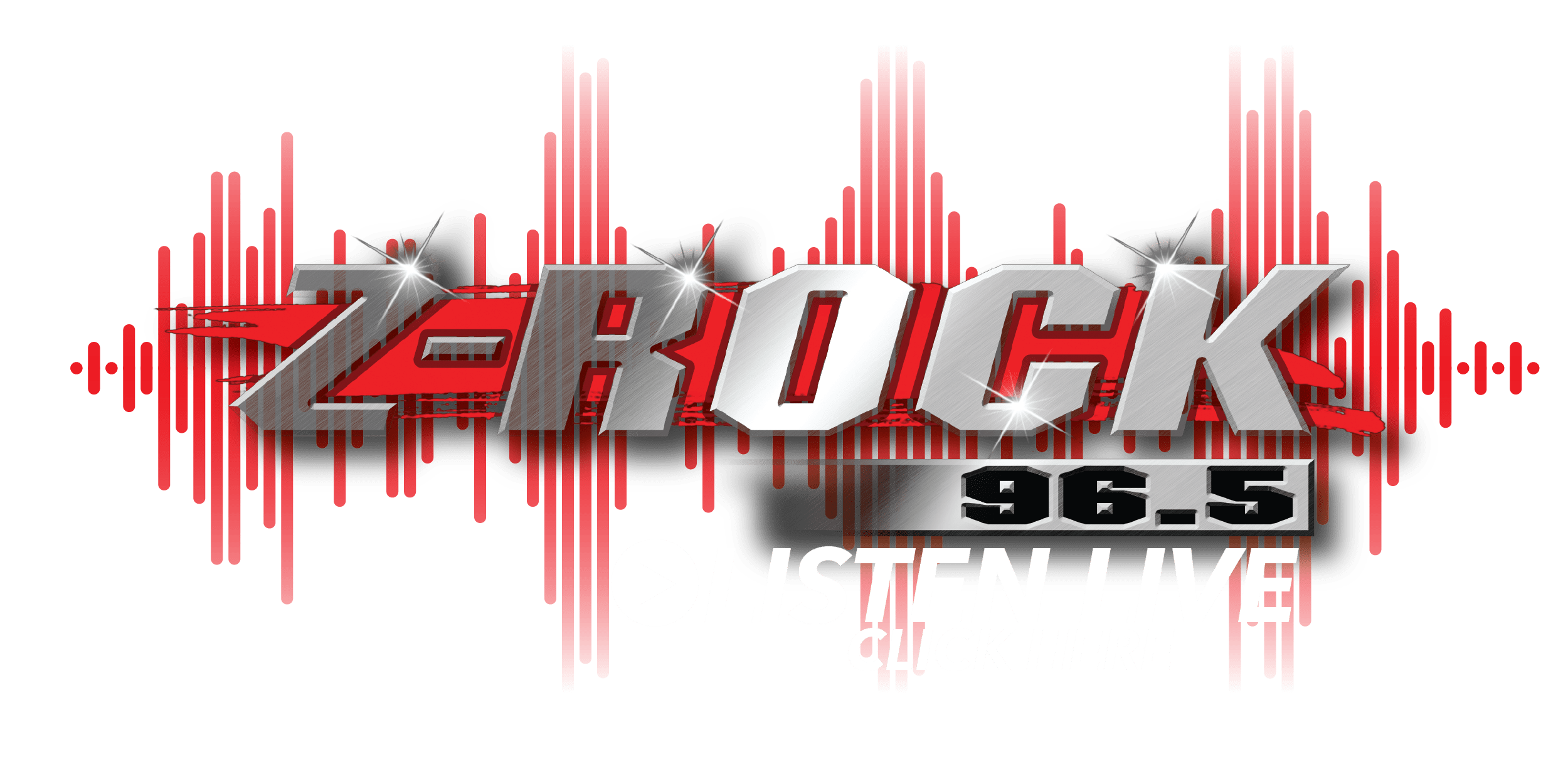
Newly-released data from the 2025 Idaho Standards Achievement Test (ISAT) shows Idaho students holding steady in proficiency rates in all three assessed areas. Some grades and demographics saw gains, but overall scores remained mostly stable when compared to last year’s results.
The ISAT is administered each year in the spring and is designed to measure student achievement on Idaho content standards in math, English Language Arts (ELA) and science. The ELA and math portions of the assessment are taken by students in grades 3 through 8 and by those in grade 11. The science portion of the assessment is only administered to students in grades 5, 8 and 11.
The release of the 2025 ISAT scores coincides with ongoing State Board of Education discussions regarding potential updates to the state’s assessment framework, specifically reviewing the required assessments in grade 3 — considering the role of the Idaho Reading Indicator (IRI) — and in grade 11 to better align this high school assessment with college and career pathways.
“We want our students taking the most meaningful assessments, aligned with their future learning and post-graduation goals,” said Superintendent of Public Instruction Debbie Critchfield. “Seeing Idaho students hold steady when it comes to this year’s assessment areas is both a source of confidence and a definite opportunity to look ahead to ensure that our students are prepared for their futures now and beyond K-12 education.”
Though the department’s 2024 analysis was completed using results for students who were enrolled in the same public school from the end of the first eight weeks of the school year until administration of the assessment (continuously enrolled students), 2025 analysis will use data from all student test-takers due to updated requirements that public-facing data, including the Idaho Report Card, use this dataset. Results for both all students and continuously enrolled students are available on the Idaho Department of Education website under the 2025 ISAT dropdown here.
Overall, proficiency results for the ELA portion of the assessment remained about the same when compared to those from 2024, with 53.3 percent of test-takers scoring as proficient or better in 2024 and 53.2 percent in 2025. There was a slight increase in students scoring in the advanced range of the proficient category, with 23.2 percent scoring advanced in 2024 compared to 23.6 percent in 2025. Two student cohorts made gains of over two percent: grade 4 students scored 49.4 percent proficient in 2024 compared to 53.9 percent proficient as grade 5 students in 2025, and grade 6 students scored 52 percent proficient in 2024 compared to 55.6 percent proficient as grade 7 students in 2025.
Math scores also remained comparable to 2024 results with 42.3 percent of students scoring as proficient in 2025 compared to 42.2 percent of students in the previous year. Grades 4, 5, 6 and 8 all saw slight proficiency increases on this year’s scores and the percentage of students scoring in the advanced range increased from 20.3 percent in 2024 to 20.5 percent in 2025. The middle school math cohort also made gains, scoring 40 percent proficient when assessed as grade 6 students in 2024 and 42.8 percent proficient when assessed as grade 7 students in 2025.
For science, overall proficiency rates saw a small increase from 41.2 percent proficient in 2024 to 41.7 percent in 2025. Grades 5 and 8 saw proficiency gains of 1.4 percent. As with ELA and math, science scores saw a slight increase in students in the advanced range, with 9.6 percent scoring as advanced in 2024 and 9.7 percent scoring as advanced in 2025.
Notable spots in this year’s ISAT scores also include gains made by individual student demographics, including proficiency increases in all assessed areas made by economically disadvantaged students, improved proficiency rates for military-connected students in math and a 5 percentage point proficiency increase in ELA made by students in foster care.
“Continued focus on investing in areas that directly impact student achievement is our key goal,” said Critchfield. “We’ve shown what’s possible with K-3 literacy, and there is no reason to believe that similar growth isn’t possible when we focus our resources on the tools needed to help students grow and achieve.”

